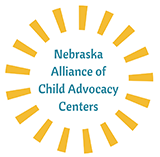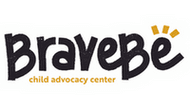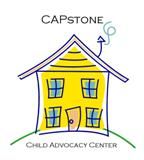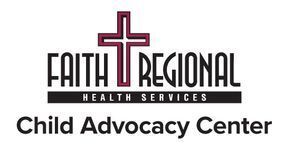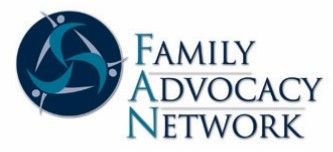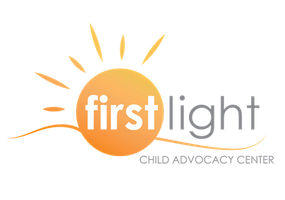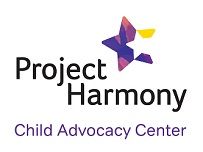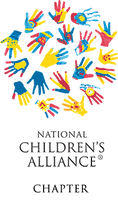-
Signs of Possible Sexual Abuse
• Bruising in the inner thigh or genital area
• Have difficulty walking or sitting
• Suddenly refuses to change for gym or participate in physical activities
• Complaints of genital or anal itching, pain, or bleeding
• Frequently vomiting or sudden change in appetite
• Becomes pregnant at a young age
• Have a sexually transmitted infection
• Exceptionally secretive
• Advanced sexual knowledge, more than what is age appropriate
• Extreme compliance of withdrawal
• Overly aggressive
• Inordinate fear of males or females
• Seductive behavior
• Sleep problems; nightmares; bed-wetting
• Frequent bladder or urinary tract infections
• Crying without provocation
• Suicidal idealization or gestures
• Frequently running away
• Cruelty to animals, especially pets
• Fire-setting behaviors beyond curiosity
• Self-mutilation; cutting, burning, scratching themselves
-
Signs of Possible Physical Abuse
• Extensive bruises, especially in area of the body that are not normally vulnerable (e.g., behind ears)
• Bruises of different colors (which may indicate various stages of healing)
• Frequent bruises around the head or face, the abdomen or midway between the wrist and elbow
• Bruises in specific shapes, such as hand prints, hangar marks, or belt buckles
• Marks that indicate hard blows from an object, such as an electrical cord or other whip-like objects that makes a burn around the body
• Bruises on multiple parts of the body (which may indicate blows from different directions)
• Unexplained internal bleeding that might be observed as discoloration under the skin or blood filled lumps
• Extreme sensitivity to pain or complaints of soreness and stiffness or awkward movements as if caused by pain
• Adult-sized, human bite marks
• Burns, especially those that appear to be from objects such as cigarettes, irons, etc.
• Injuries for which the explanation given is inadequate.
• Fear of parents/caregivers/approaching adults
• Bullying of smaller children
-
Signs of Possible Emotional Abuse
• Extremes in behavior (maniacally happy or very depressed)
• Withdrawn
• Self-destructive, self-mutilating, suicide attempt(s)
• Destructive behavior
• Delayed in physical or emotional development
• Cruelty to others, including animals
• Rocking, thumb-sucking that is developmentally inappropriate, or head-banging
• Enuresis; wetting or soiling one’s self at an age that is developmentally inappropriate
• Substance abuse
• Physical manifestations, such as frequent stomachaches or headaches or unexplained weight gain or loss
-
Signs of Possible Neglect
• Seem inadequately dressed for the weather (e.g., shorts and sandals in freezing temperatures)
• Appear excessively listless and tired (due to no routine or structure around bedtime)
• Report caring for younger siblings (when they themselves are underage or are developmentally not ready to do so)
• Demonstrate poor hygiene or smell of urine or feces
• Seem unusually small or thin or have a distended stomach (indicative of malnutrition)
• Have unattended medical or dental problems, such as infected sores or badly decayed/abscessed teeth
• Frequently absent from school
• Crave unusual amounts of attention, even in eliciting negative responses in order to obtain it
-
Signs of Possible Trafficking
• Disconnected from family, friends, community organizations
• Sudden or dramatic change in behavior, including increased virtual behavior (e.g., online activity/profiles)
• Child appears frightened, resistant, or belligerent to law enforcement
• Disoriented (may not know what city he/she is in)
• Difficulty focusing, persistent fear, nervous/paranoid depression and/or anxiety
• Evidence of being controlled (rarely alone, cannot speak for themselves, unable to freely leave)
• Shows signs of physical and/or sexual abuse, physical restraint, confinement, or torture (bruises, scars, untreated illness, malnourished)
• Expressed fear to leave employer/Excessive work hours and paid very little
• Not in possession of personal identification, personal money or and/or personal items
• Child lies about his or her age and identity
• Tattoos that appear possessive (bar codes)
• May be in possession of excessive amounts of cash, hotel key cards, and multiple cell phones
• School age but not in school during school hours
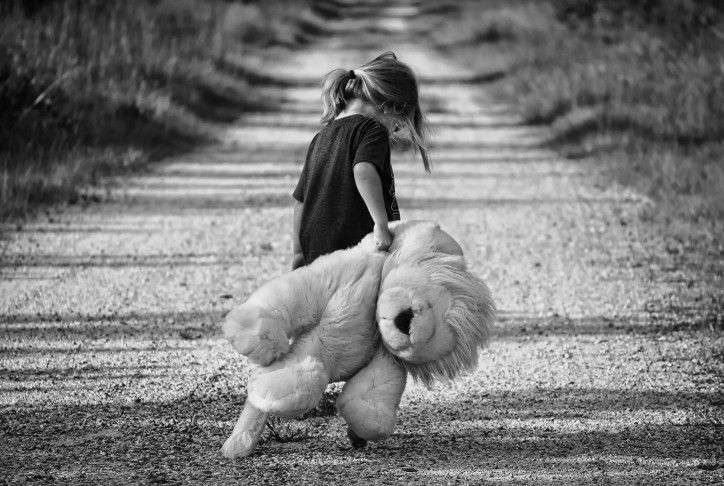
The Facts
- 1 in 4 girls is sexually abused before the age of 18.
- 1 in 6 boys is sexually abused before the age of 18.
- 1 in 5 children are solicited sexually while on the internet.
- Nearly 70% of all reported sexual assaults (including assaults on adults) occur to children ages 17 and under.
- An estimated 39 million survivors of childhood sexual abuse exist in America today.
- Even within the walls of their own homes, children are at risk for sexual abuse. 30-40% of victims are abused by a family member. Another 50% are abused by someone outside of the family whom they know and trust.
- Approximately 40% are abused by older or larger children whom they know. Therefore, only 10% are abused by strangers.
- Sexual abuse can occur at all ages, probably younger than you think. The median age for reported abuse is 9 years old.
- More than 20% of children are sexually abused before the age of 8.
- Nearly 50% of all victims of forcible sodomy, sexual assault with an object, and forcible fondling are children under 12.
- Over 30% of victims never disclose the experience to ANYONE. Most children don't tell even if they have been asked. Young victims may not recognize their victimization as sexual abuse.
- Almost 80% initially deny abuse or are tentative in disclosing. Of those who do disclose, approximately 75% disclose accidentally. Additionally, of those who do disclose, more than 20% eventually recant even though the abuse occurred.
- Fabricated sexual abuse reports constitute only 1% to 4% of all reported cases. Of these reports, 75% are falsely reported by adults and 25% are reported by children. Children only fabricate ½% of the time.
